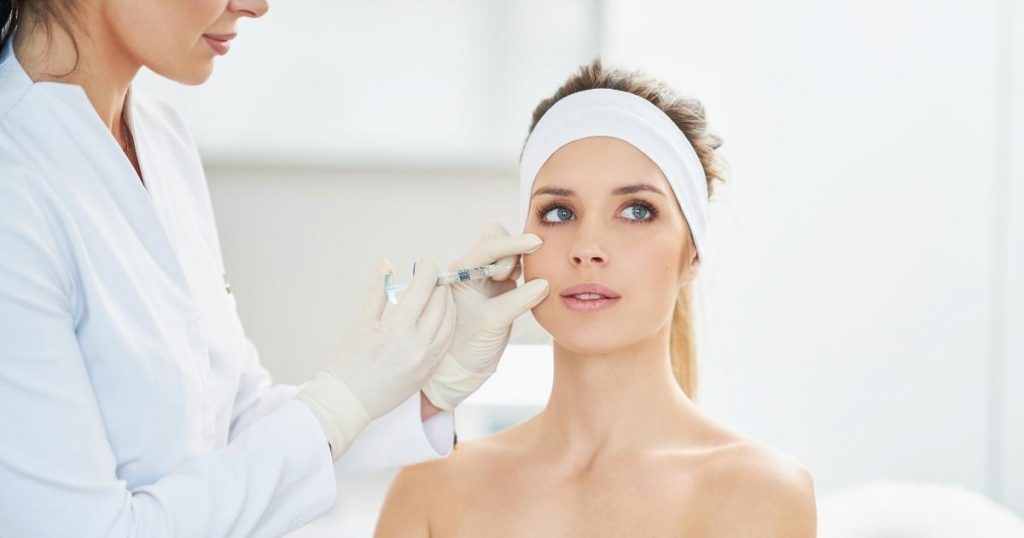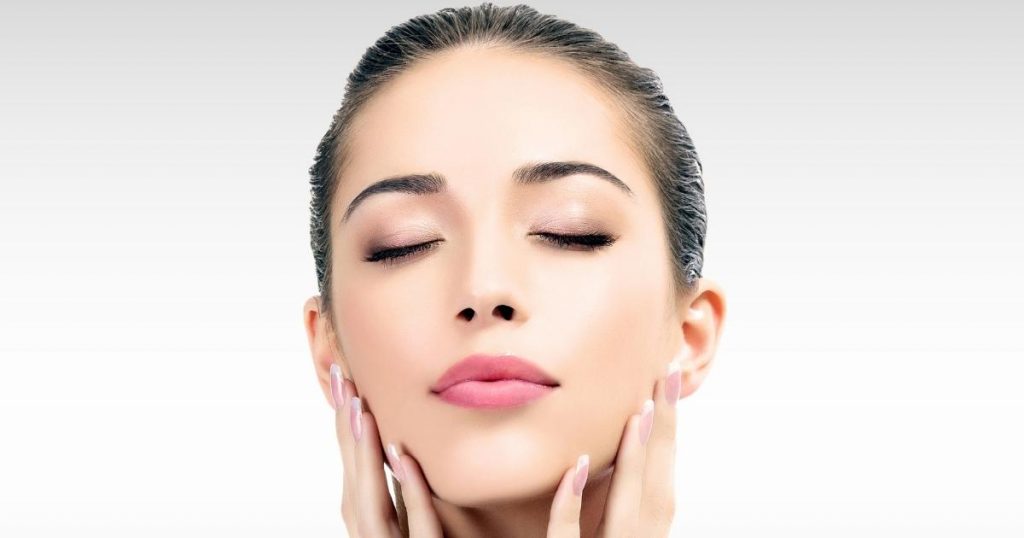When considering Botox injections, a common question many individuals grapple with is the duration of its effects. Botox has gained significant traction in cosmetic enhancements due to its efficacy in reducing wrinkles and fine lines, but understanding its longevity is critical to setting realistic expectations. In this guide, we’ll delve into the lifespan of Botox treatments and explore factors that influence how long you can expect to see results.
The Lifespan of Botox Injections
The effects of Botox are temporary, typically lasting between three to six months. Over time, the treated muscles regain their activity, leading to the return of wrinkles. However, with repeated treatments, the results can last longer as the muscles become trained to relax.
- Temporary Nature: Botox results are not permanent and require maintenance.
- Muscle Memory: With consistent treatments, muscles adapt, and results can be prolonged.
- Variability: The duration of results can vary based on individual factors and treatment areas.
See related: Botox Before and After
Factors Influencing the Duration of Botox Results
Several factors can influence Botox’s length, including the patient’s age, skin type, and metabolism. Additionally, the expertise of the injector and the amount of Botox used can play a role. Lifestyle choices, such as sun exposure and smoking, can also impact the longevity of results.
Book A Consultation With Dr Shehzadi Tasneem
Top-rated Plastic Surgeon For Botox in Dubai
Installment Plan Available
| Factor | Description | Impact on Botox Longevity |
| Muscle Activity | The frequency and intensity of facial muscle movements | Areas with more muscle activity (like around the mouth) might diminish Botox effects faster due to constant muscle movement. |
| Dosage | Amount of Botox injected | Higher doses might last longer, but over-treatment can lead to unwanted side effects. It’s crucial to balance dosage with desired outcomes. |
| Treatment Area | Specific facial areas treated | Some areas, such as the forehead, might retain Botox effects longer than mobile areas like the crow’s feet. |
| Metabolism | Individual’s metabolic rate | People with faster metabolisms might process and break down Botox quicker, shortening its duration. |
| Skill of the Practitioner | Expertise of the person administering Botox | Proper injection techniques and placement can optimise the longevity of results. |
| Age | Age of the patient | Older skin with more significant damage may see results that don’t last as long as in younger, more elastic skin. |
| Frequency of Previous Treatments | How often the individual has received Botox in the past | Regular treatments can sometimes extend the duration of subsequent results as muscles become more accustomed to relaxation. |
| Botox Purity and Dilution | Concentration of the Botox solution used | Over-diluted Botox may not last as long as a more concentrated solution. It’s vital to choose a reputable practitioner. |
| External Factors | Sun exposure, skincare routine, smoking, etc. | Proper skincare, avoiding excessive sun, and not smoking can potentially extend the aesthetic results of Botox. |
| Individual Variability | Everyone’s body responds differently | Some individuals naturally retain Botox effects longer than others, irrespective of other factors. |
How to Maximise the Longevity of Botox Results

To prolong the effects of Botox, patients are advised to avoid excessive sun exposure, maintain a skincare routine, and avoid strenuous activities immediately after treatment. Regular touch-up sessions also help in maintaining the desired look for longer durations. A holistic approach to skincare can complement and enhance Botox results.
- Post-Treatment Care: Proper care after the procedure can extend the lifespan of results.
- Regular Sessions: Periodic touch-ups can help achieve consistent and long-lasting effects.
- Skincare Routine: A good skincare regimen can enhance and prolong the youthful appearance achieved with Botox.
See related: Can You Wear Makeup After Botox
Common Signs of Botox Wearing Off

As Botox wears off, the treated muscles gradually regain their activity. This leads to the reappearance of wrinkles and fine lines that were previously smoothed out. Patients might also notice increased movement in the treated areas, signalling it’s time for a touch-up.
- Muscle Activity: A return of muscle movement indicates diminishing Botox effects.
- Reappearance of Wrinkles: As Botox wears off, previously treated wrinkles may resurface.
- Touch-Up Indicators: Increased facial movement and lines can signal the need for a follow-up session.
Comparing Botox Lifespan to Other Cosmetic Procedures
While Botox offers temporary results, other cosmetic procedures like fillers or facelifts might have longer-lasting effects. However, Botox has the advantage of being minimally invasive and having a shorter recovery time. It’s essential to weigh the pros and cons of each treatment based on individual needs.
| Cosmetic Procedure | Lifespan of Results | Procedure Frequency |
| Botox | 3-6 months | Every 3-6 months |
| Dermal Fillers | 6 months – 2 years | Every 6 months – 2 years |
| Facelift | 5-10 years | Typically once every 5-10 years |
| Chemical Peel | Several months – 2 years | Every 6 months – 2 years |
| Laser Hair Removal | Permanent reduction | Multiple sessions, then occasional maintenance |
| Microdermabrasion | Temporary, regular sessions | Every 2-4 weeks |
Tips for Maintaining Fresh and Natural-Looking Results

Choosing a skilled injector and communicating your desired outcomes is crucial to achieving a natural look with Botox. Avoiding over-treatment and following post-procedure guidelines can also help maintain a fresh appearance. Regular consultations can ensure that the results align with the patient’s evolving aesthetic goals.
- Choose an Experienced Provider: Select a qualified and experienced medical professional for your Botox injections to ensure precise placement and optimal results.
- Start Conservatively: Begin with a lower dosage to achieve a subtle, natural effect. You can always add more later if needed.
- Follow Aftercare Instructions: Adhere to any post-treatment guidelines provided by your practitioner to ensure proper healing and effectiveness.
- Avoid Touching or Rubbing: Refrain from touching or rubbing the treated area immediately after the procedure to prevent the unintended spread of the toxin.
- Stay Upright: Stay in an upright position for at least 4 hours after treatment to prevent the migration of Botox to unintended areas.
- Stay Hydrated: Drinking plenty of water can help maintain skin hydration and overall skin health, complementing the effects of Botox.
- Protect from the Sun: Shield your skin from excessive sun exposure with sunscreen and hats to prevent premature ageing and maintain results.
- Regular Maintenance: Schedule follow-up appointments as your provider recommends to maintain consistent and desired results.
- Healthy Lifestyle: Eat a balanced diet, exercise regularly, and avoid smoking to support your skin’s vitality and longevity of Botox effects.
- Avoid Extreme Treatments: Avoid harsh or aggressive cosmetic treatments that could undermine the natural appearance achieved with Botox.
The Botox Lifespan is crucial to consider when opting for this cosmetic treatment. While its effects are temporary, understanding its duration and the factors influencing it can help individuals set realistic expectations and plan their treatments accordingly. Always consult with a professional to get a tailored understanding of what to expect from your botox journey.
Dr Shehzadi Tasneem Sultan, a distinguished plastic surgeon, has showcased excellence from the Allama Iqbal Medical College to fellowships in the UK. With vast experience spanning institutions like Rashid Hospital, Dubai, and St. Thomas and Guys Hospital, London, she’s renowned for her expertise in body contouring, facial rejuvenation, and more. Harness her unparalleled skills and dedication to patient care. Book a free consultation today!












